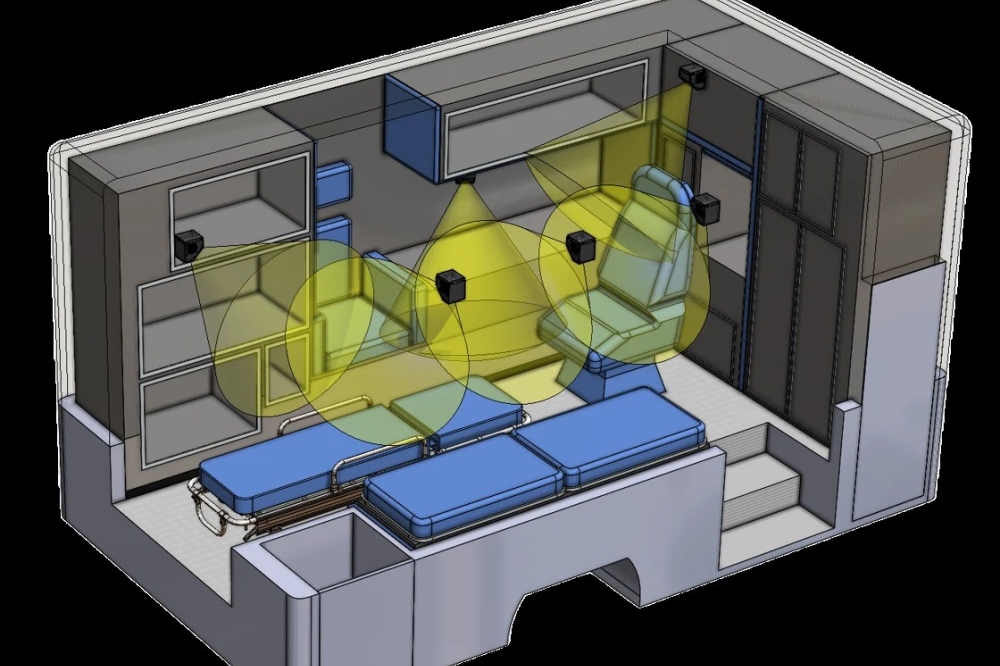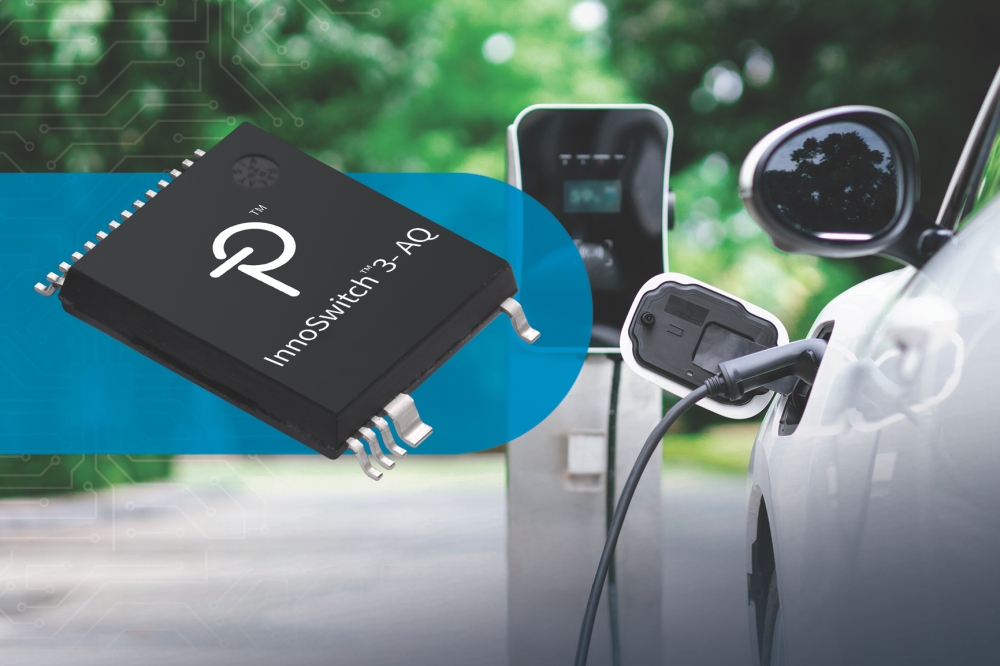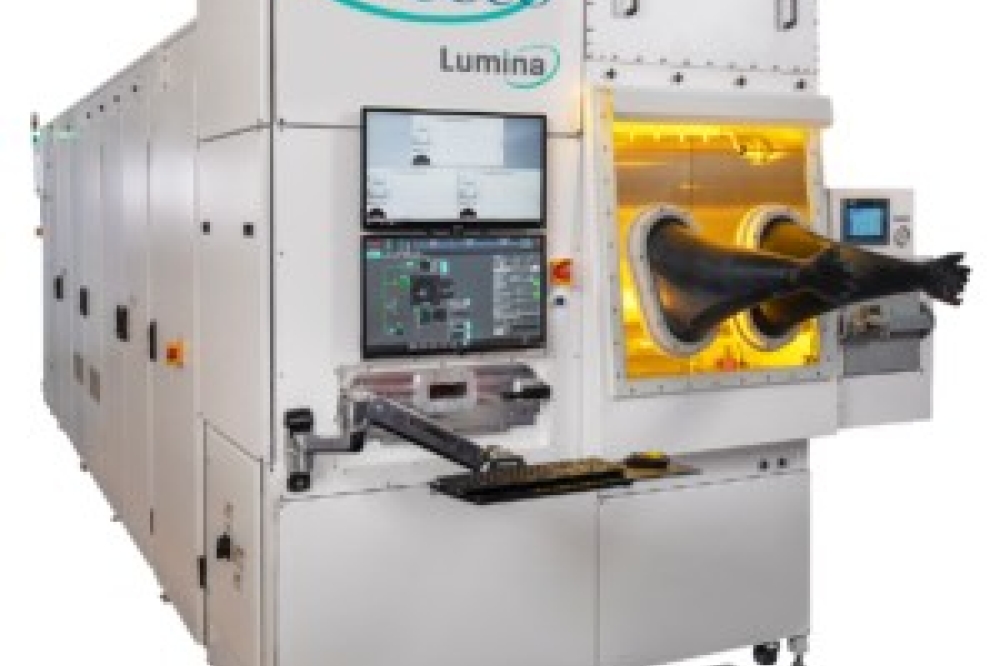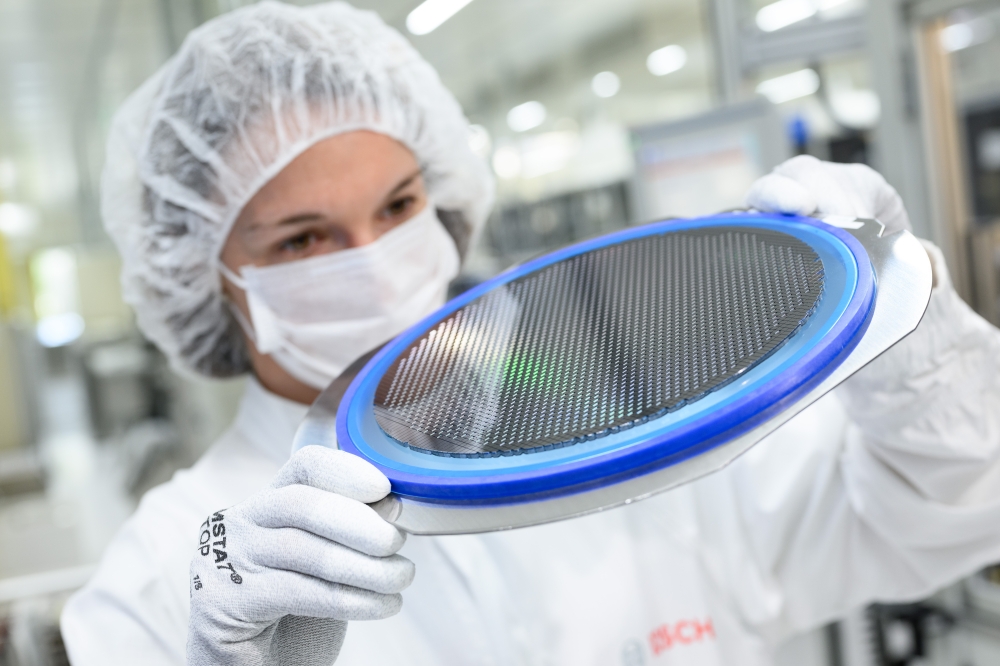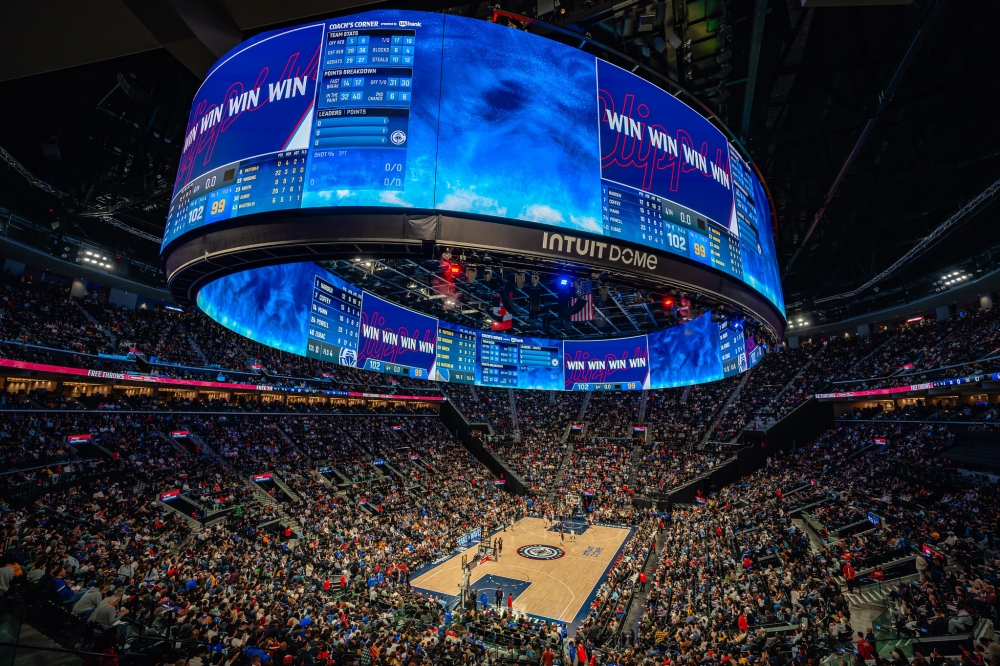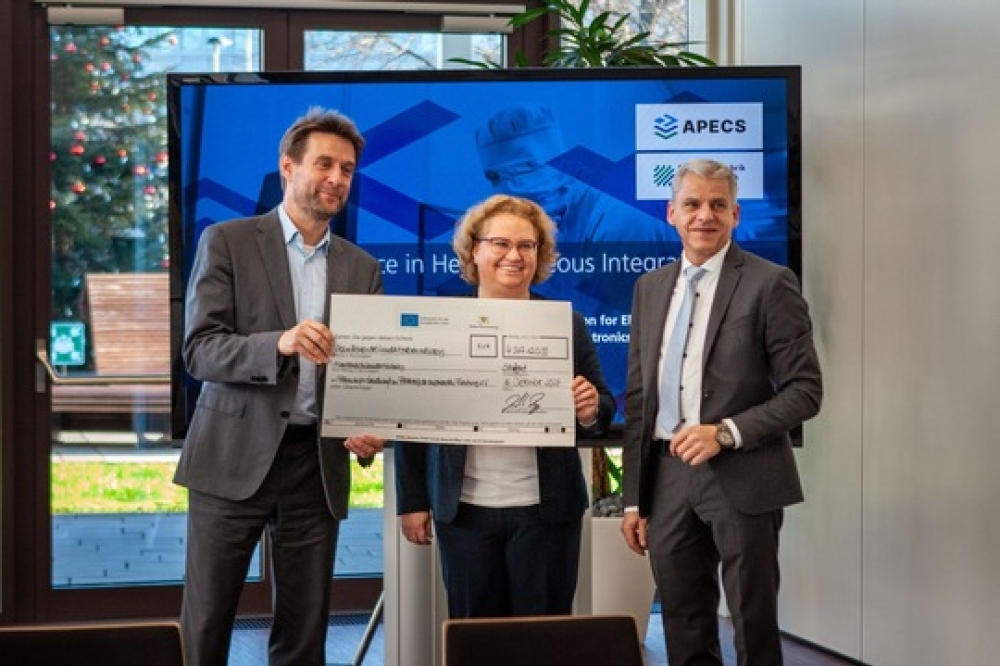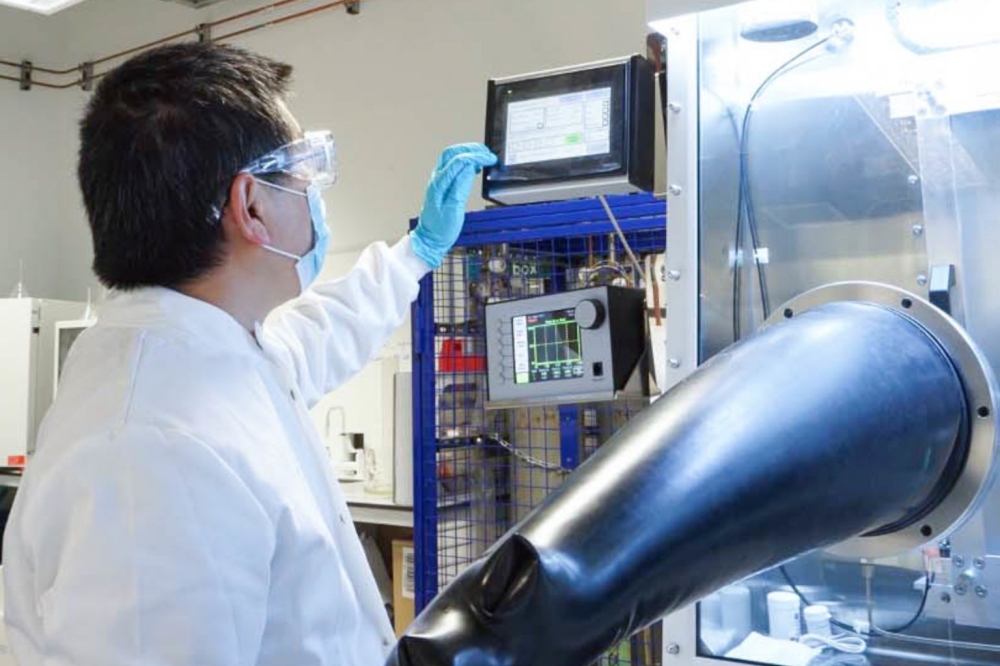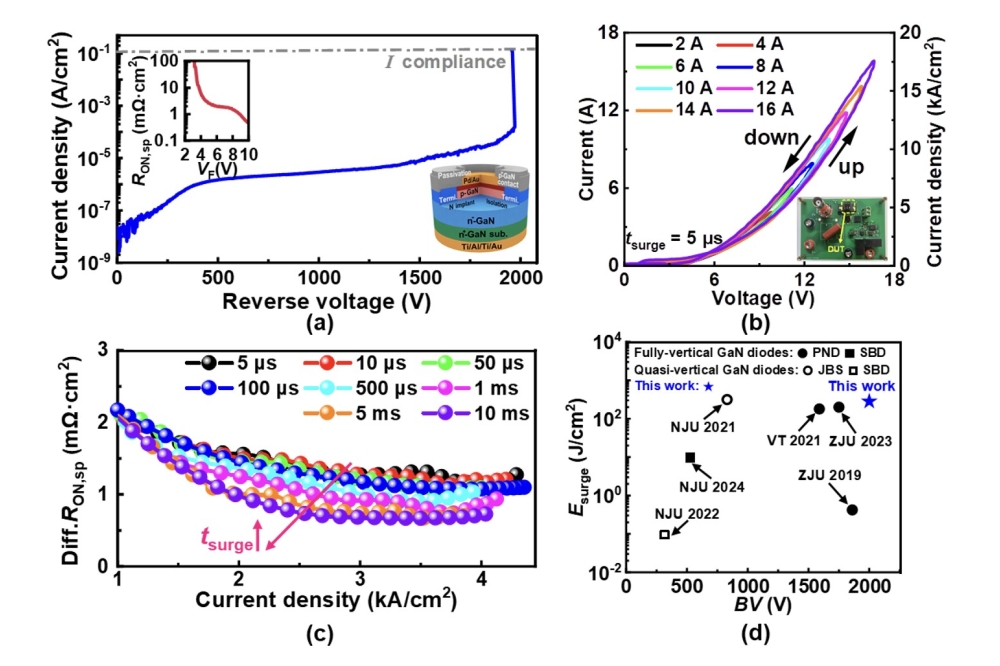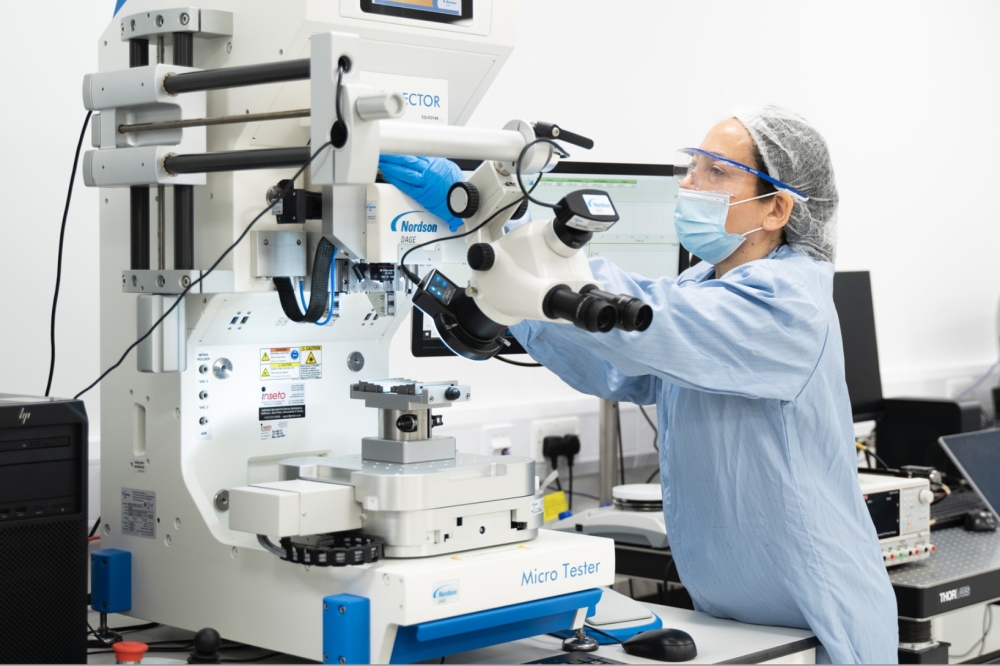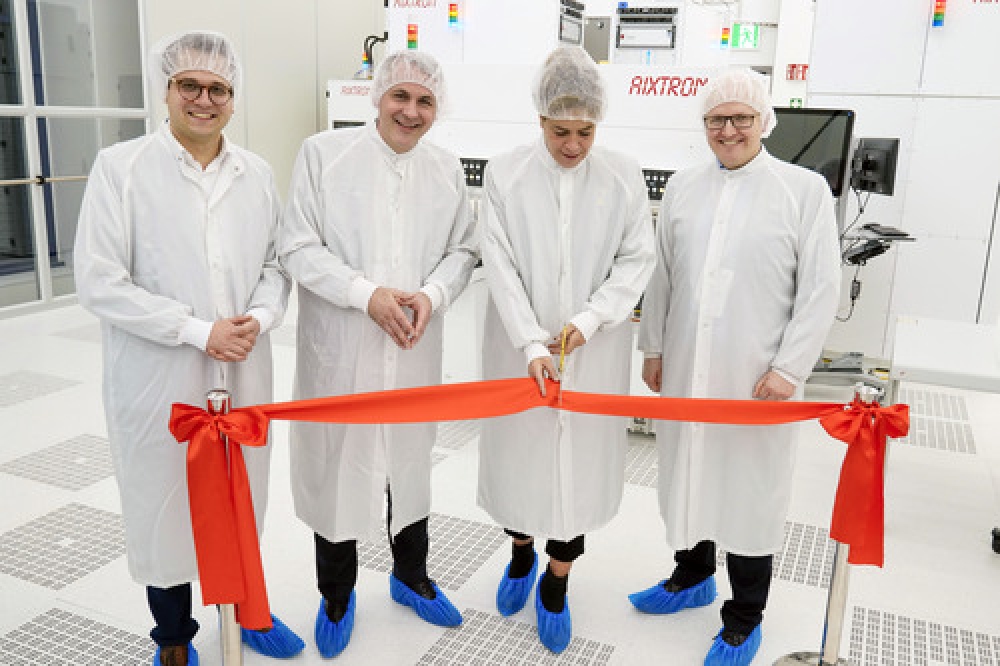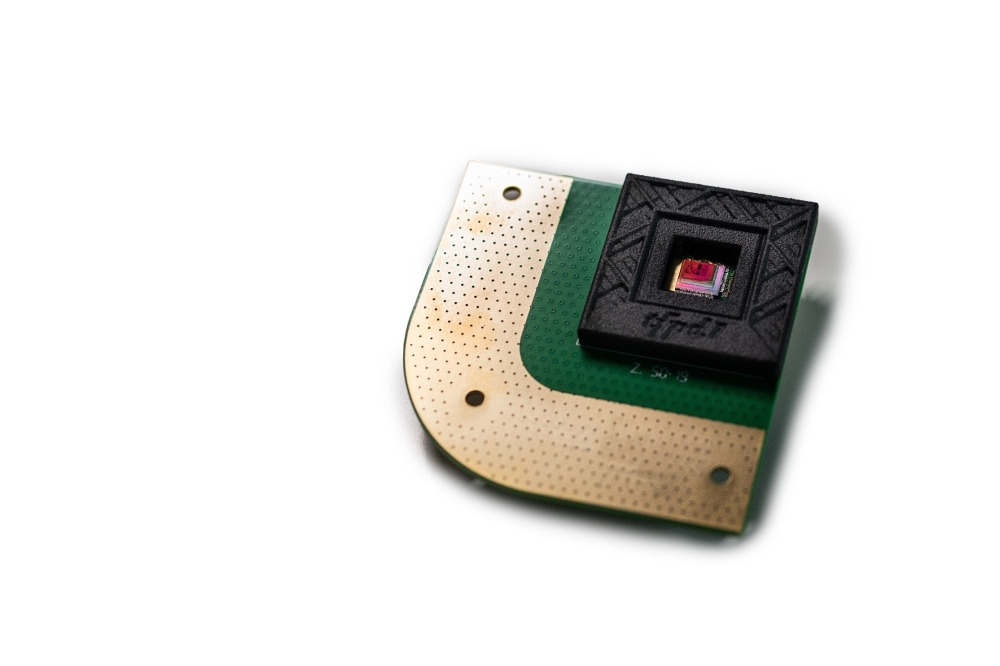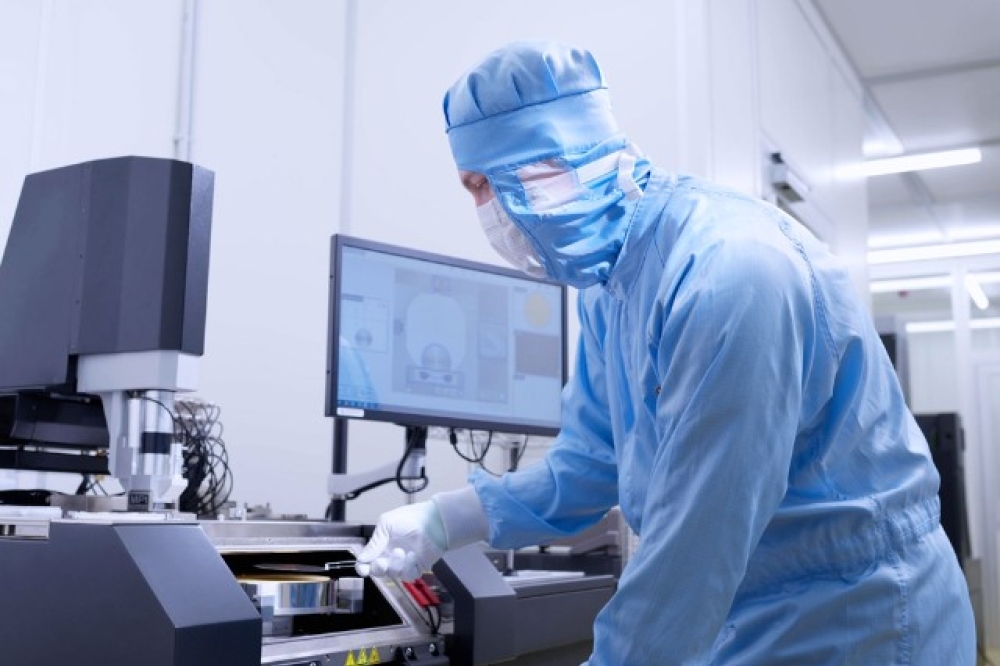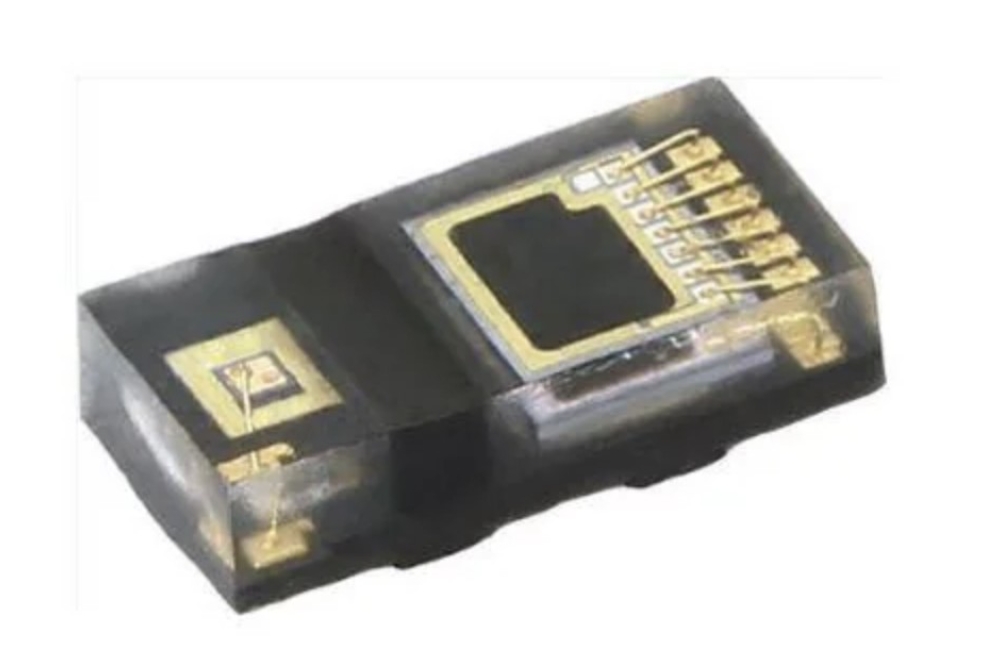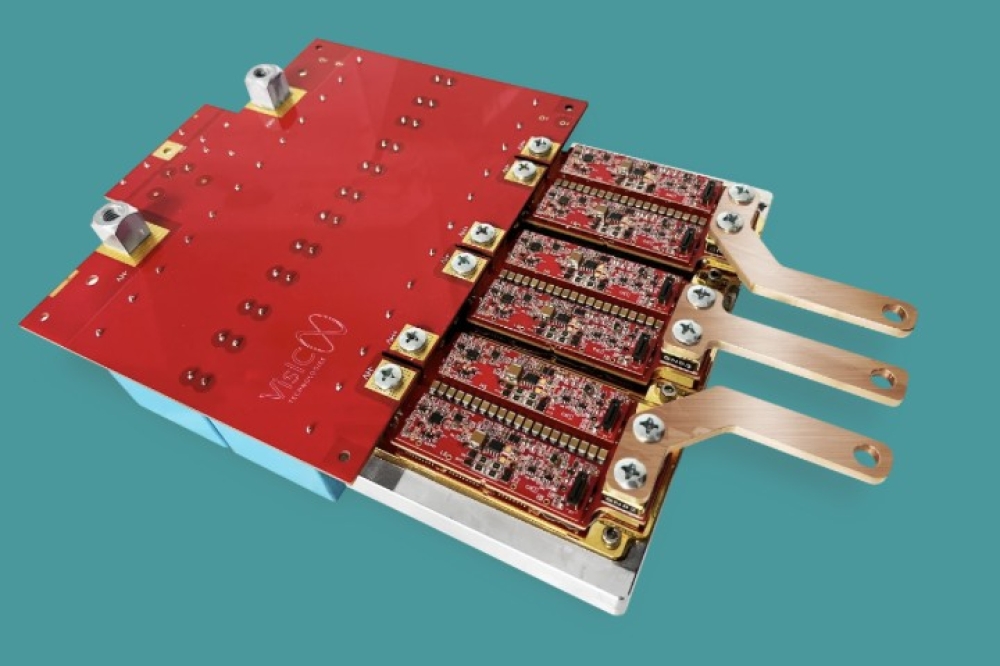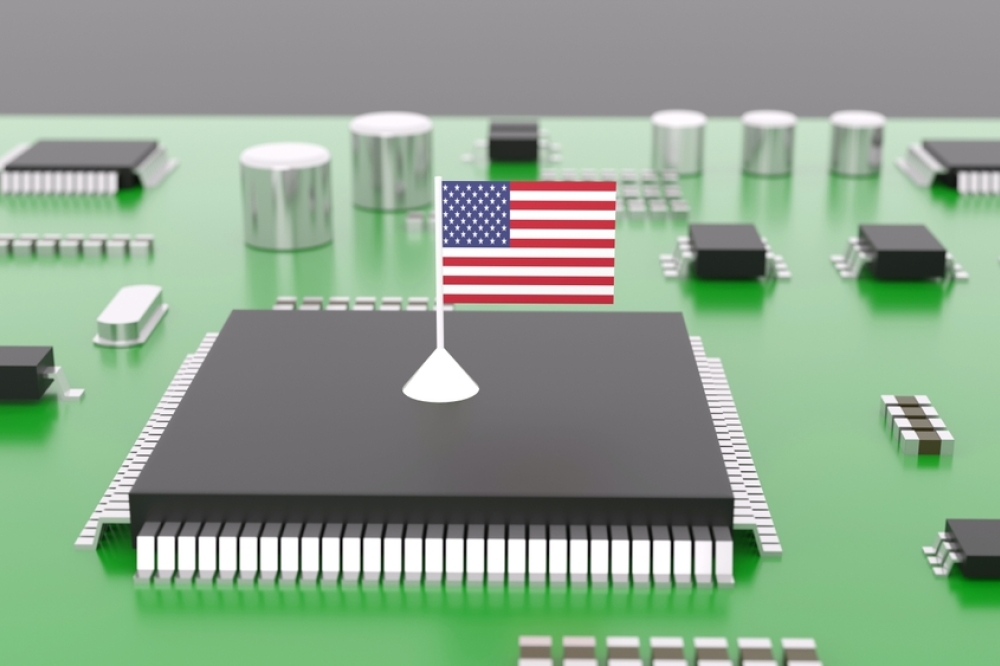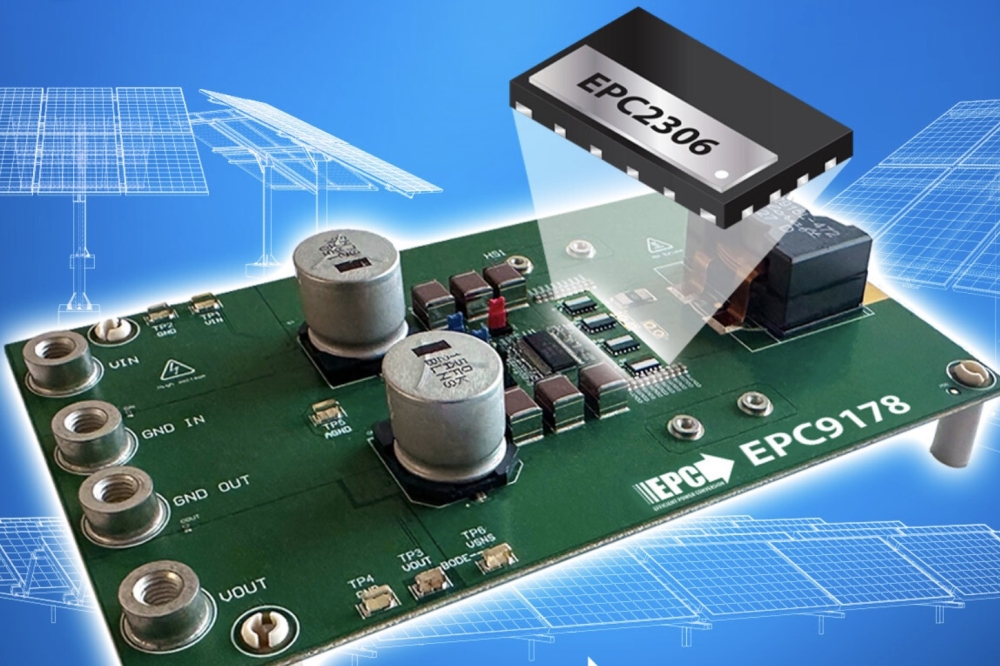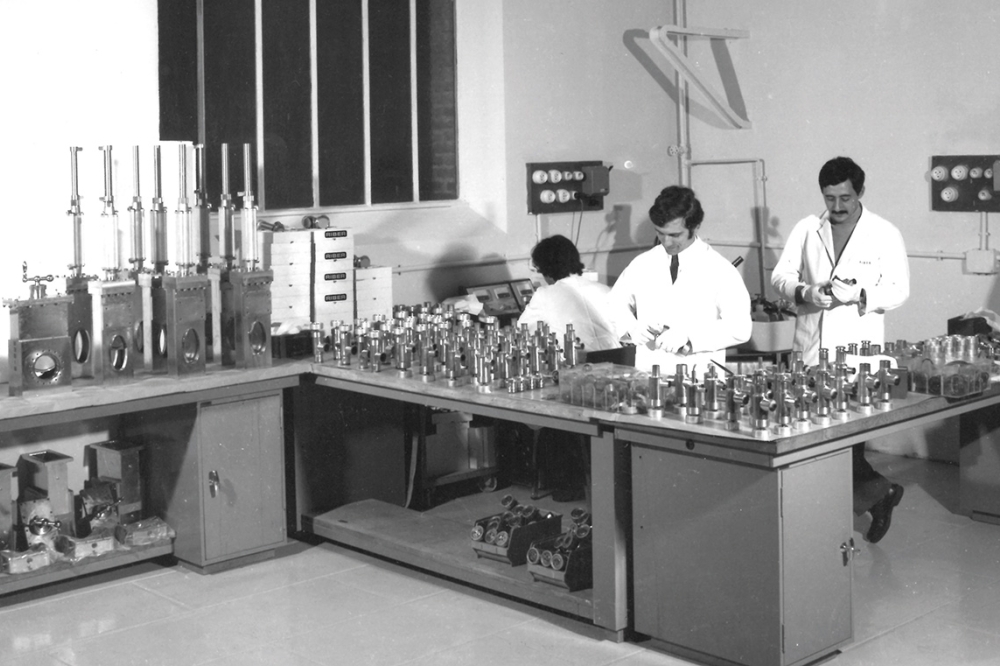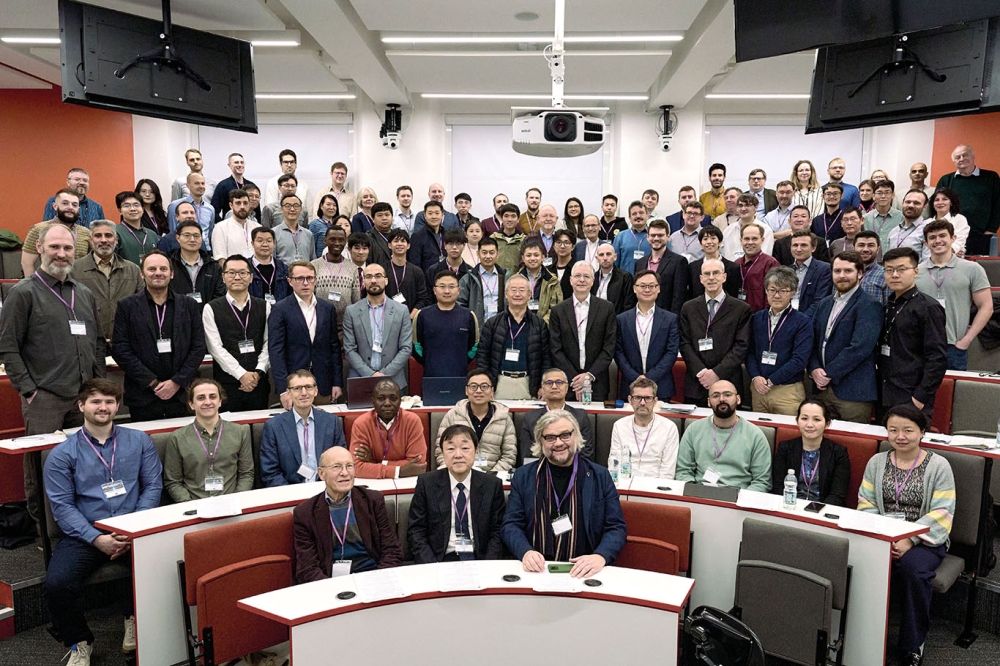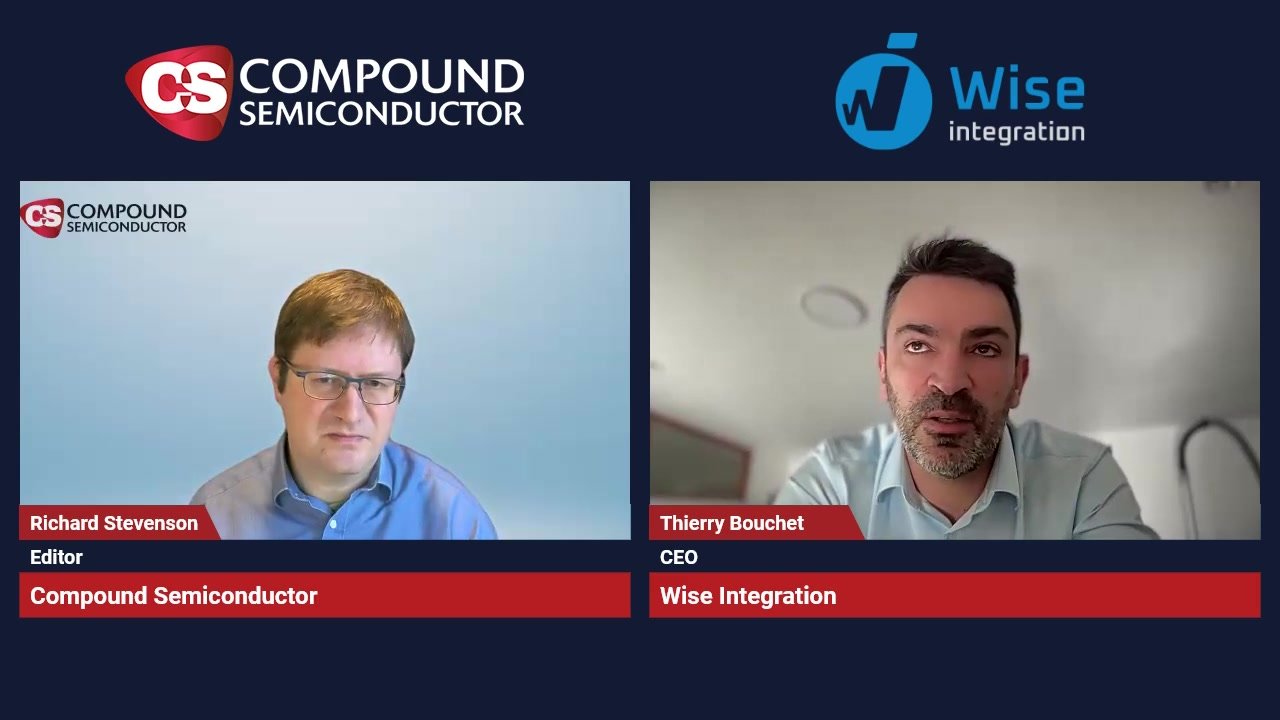Buried structure set to lower 100 Gb/s costs
Researchers from Fujitsu Laboratories have made the first 1.3 µm distributed feedback lasers that can be directly modulated to transmit data at 25 Gbit/s without cooling.
In a paper published in the May 8 edition of Electronics Letters, Koji Otsubo and his colleagues describe lasers that maintained waveform quality at up to 70°C.
“If you can drive the device without controlling temperature, you will reduce power consumption and manufacturing cost of the optical module,” Otsubo told compoundsemiconductor.net. In their paper, the Atsugi, Japan, based team also emphasize that a directly modulated laser will provide further power and manufacturing cost benefits over externally modulated devices.
These latest lasers rely on AlGaInAs active layers containing 15 quantum wells, grown on n-type InP substrates using MOCVD so that the optical cavity is 150 µm long. On top of the active layer the Fujitsu team deposited a p-type InP cladding layer, from which they etched mesa stripes, before burying the resulting gratings in semi-insulating iron-doped InP.
According to Otsubo this “semi-insulating buried-heterostructure” (SI-BH) enables the group to use a narrower active layer width than is normal in alternative directly-modulated ridge waveguide lasers. This allows the SI-BH laser to emit light at lower threshold currents, further improving its low power consumption. In the Electronics Letters paper the devices operate with a threshold current of 9.4 mA at 25°C, rising to 16.2 mA at 70°C.
Another benefit that the SI-BH offers over competing devices is lower parasitic capacitance, due to the absence of a direct p-n junction. Avoiding the buildup and discharge of these parasitic capacitances is crucial to delivering direct high-speed modulation.
The stated target for these devices is 100 Gbit/s optical communications, combining four of the 25 Gbit/s lasers using coarse wavelength division multiplexing (CWDM). Although bringing four SI-BH lasers together looks like it could give Fujitsu significant cost advantages, Otsugi says that the epitaxial structure needs more optimization before entering high-volume manufacturing.
“At present, we have confirmed the basic characteristics only,” he said. “We hope that we can commercially release them when the global market for 100 Gbit/s Ethernet ramps up.”

